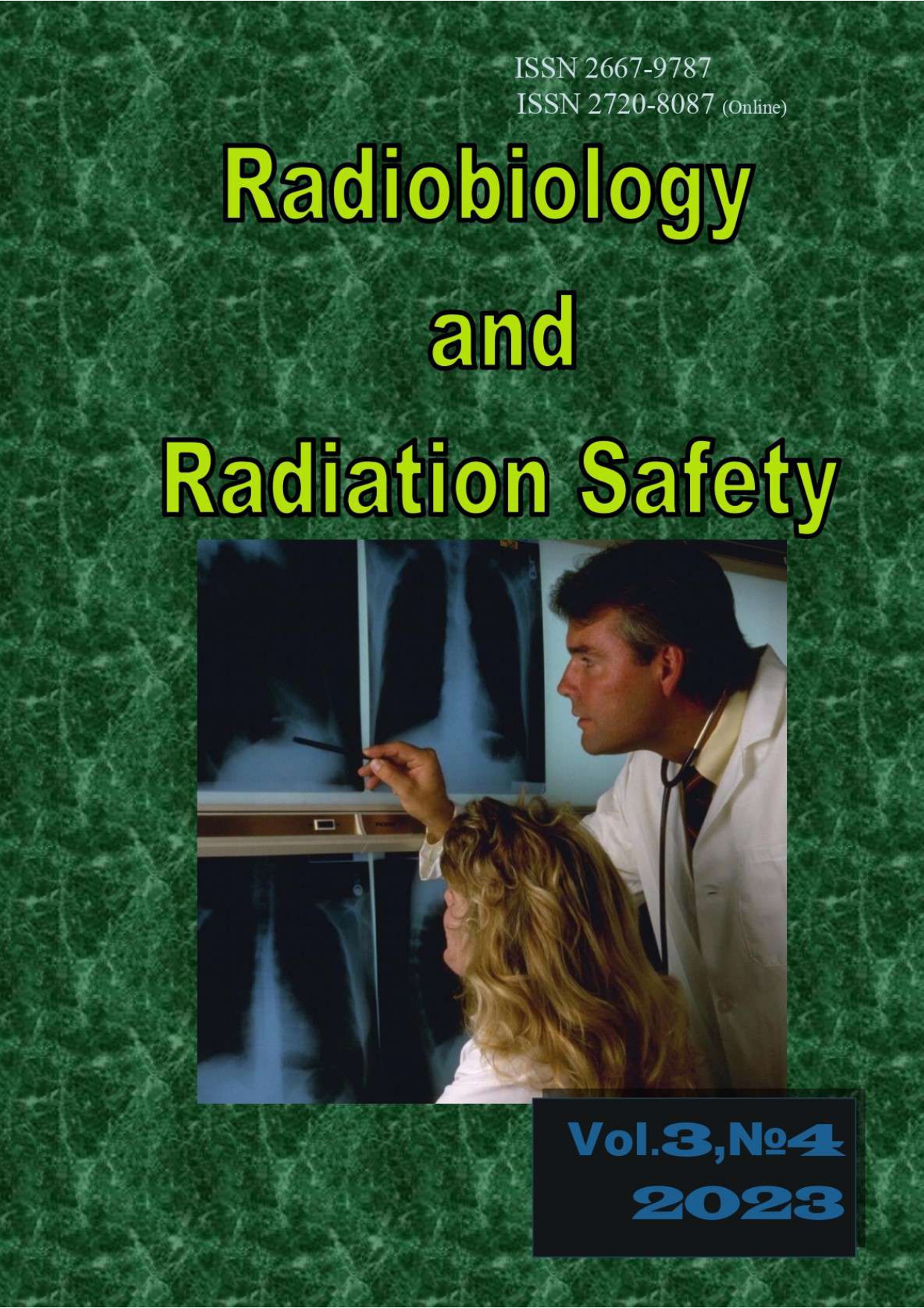Gonadal Dysgenesis As A Marker Of Genomic Instability In Populations Of Drosophila Melanogaster From Different Of Radiation Factor Impact Regions Of Ukraine
Keywords:
Drosophila Melanogaster, Radiation, Gonadal Dysgenesis, Genomic InstabilityAbstract
To investigate the differences of the gonadal dysgenesis frequency as an indicator of the activation of mobile elements through natural populations of Drosophіla melanogaster, selected from Ukrainian regions with different radiation impact. Follow-up study of the dynamics of this indicator under chronic exposure in laboratory conditions for 10 generations. The study was conducted in two stages. The first one included trapping of insects in regions with different radiation load with subsequent assessment of both the time of maturation and the index of the gonadal dysgenesis through the first (F1) generation, obtained in laboratory conditions. At the second stage, the dynamics of this indicator was investigated for the F1- descendants of each ten consequent generations, which were developed both with and without additional gamma-exposure. Differences of the gonadal dysgenesis frequency as an indicator of the activation of mobile elements were revealed in F1 - descendants of natural populations of Drosophіla melanogaster, selected from regions of different radiation impact. Under conditions of additional low rate chronic irradiation in laboratory conditions for 10 generations, significant differences in changes in the level and dynamics of this indicator were established depending on the accumulated dose of Drosophila populations fromthe city of Netishyn (Khmelnytskyi NPP) and Magarach city. There were no signs of adaptation.
The discrepancy between the real and expected biological effects has reflected the difference in the intensity of the radiation background, which was traditionally determined by the gamma - emitters and did not take into account the wide range of other genotoxic elements from nuclear power emissions. A complex, non monotonic type of frequency dynamics of gonadal dysgenesis could be determined by the interaction of radiation damage, protection and recovery.



